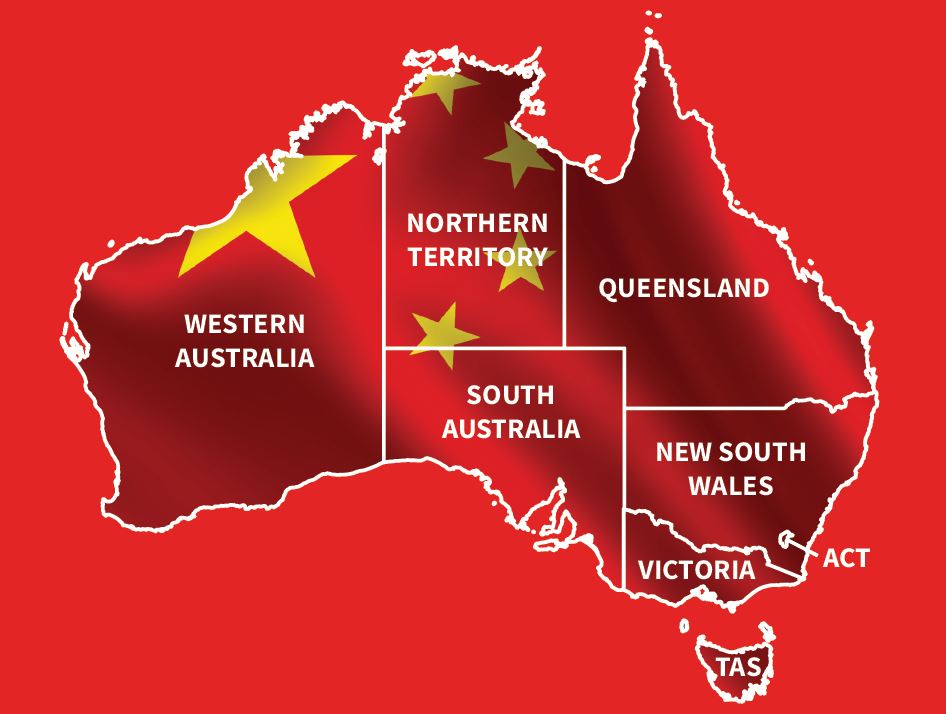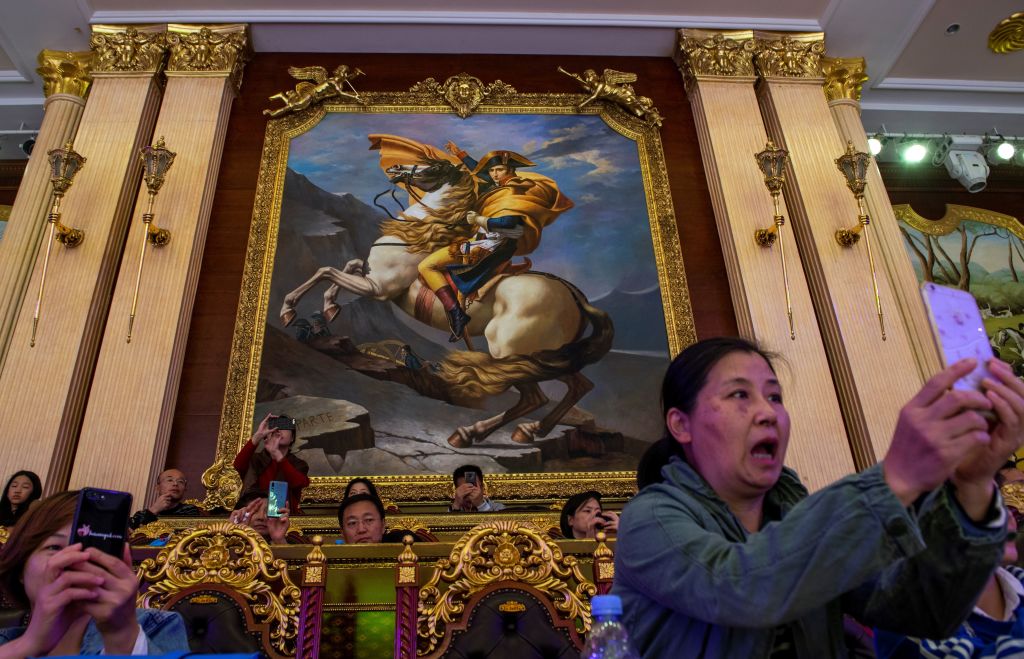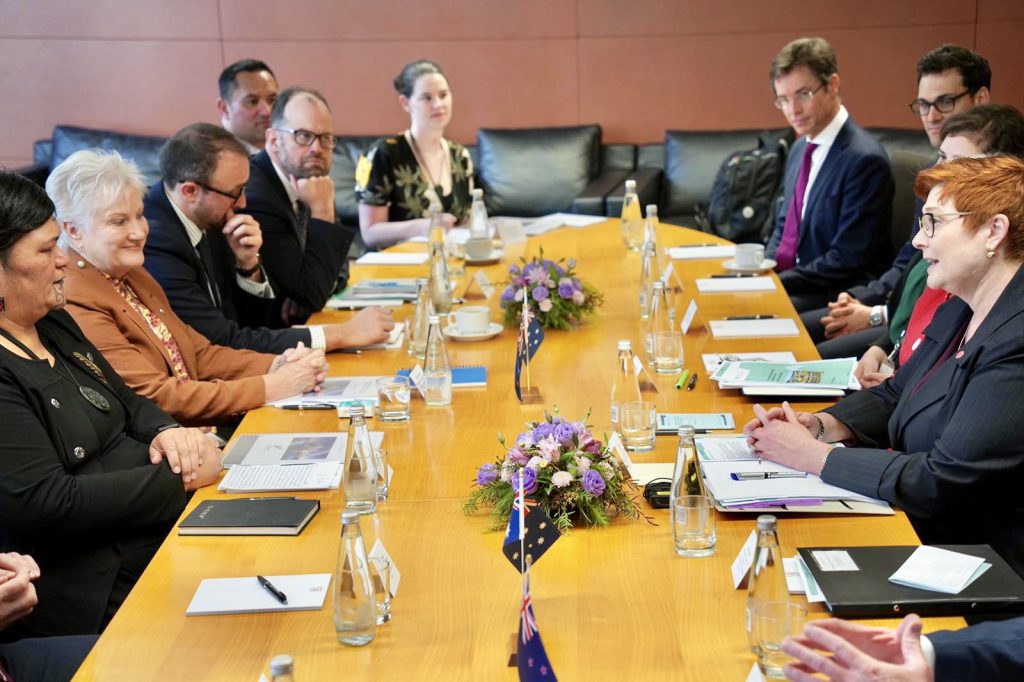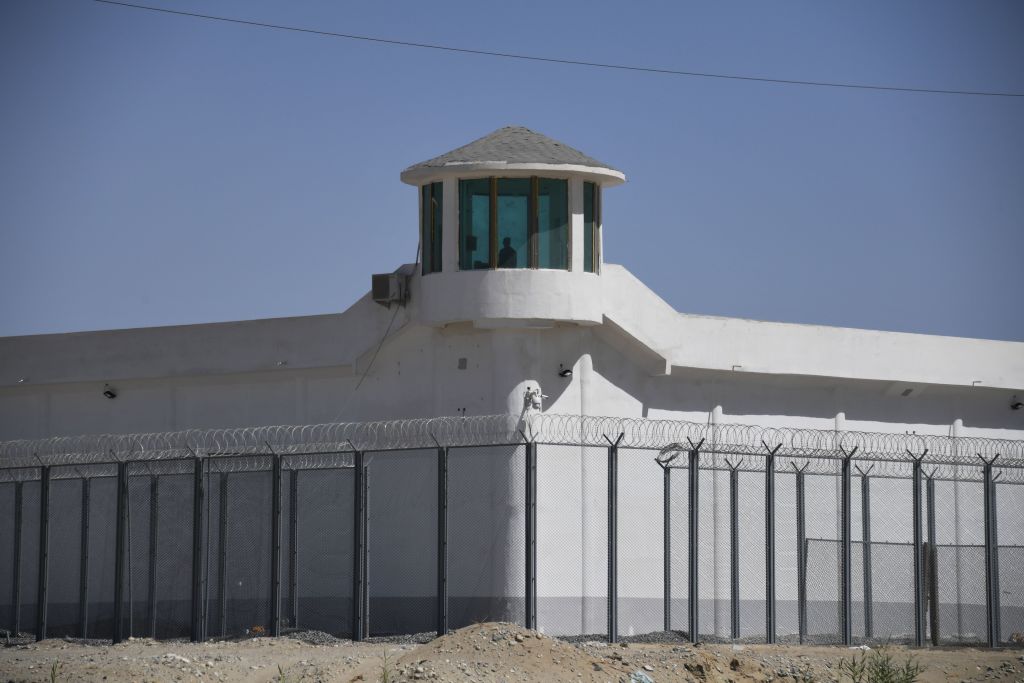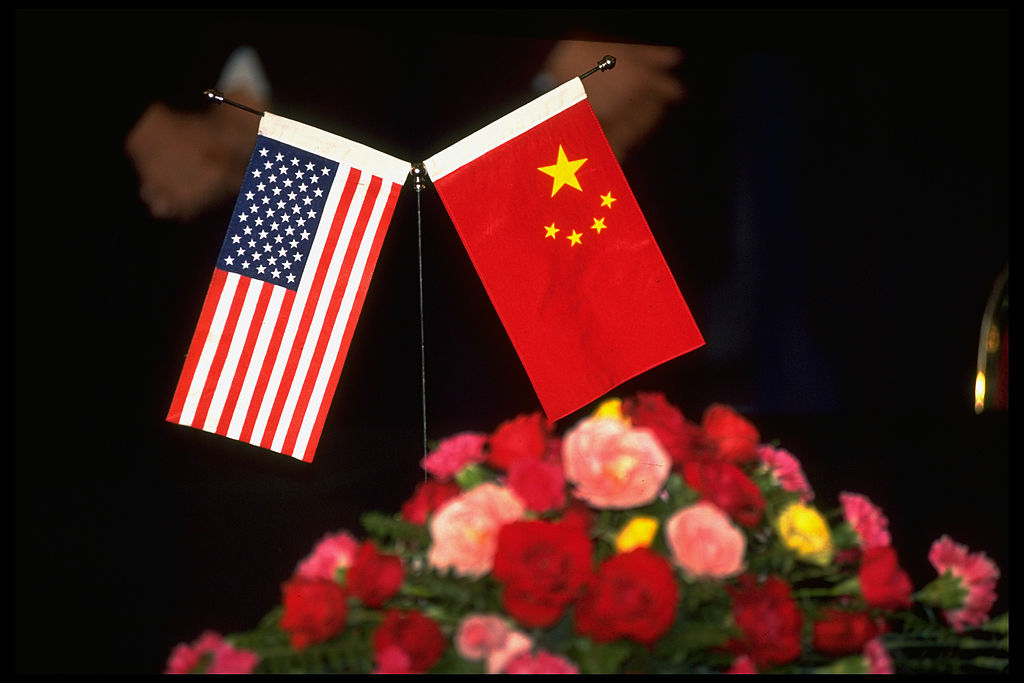
ASPI celebrates its 20th anniversary this year. This series looks at ASPI’s work since its creation in August 2001.
In Australian strategy today, to talk of the US is to talk of China.
The two giants stand together—or face off—in a joined dynamic that defines the era. The US and China dominate global business like never before, just as they drive geopolitics.
Australia’s strategic dilemma had such fundamental force that it became the standard foreign policy trope of ASPI’s two decades: the balance between the alliance partner and the top trading partner. Or the choice.
The evolution of the great dilemma tracks through Australian policy documents.
The 2000 defence white paper had a comforting, clear hierarchy on the contents page: the chapter on ‘Australia’s international strategic relationships’ had as the first topic heading, ‘The US Alliance’. No other country was mentioned on the contents page—they were implied in headings about regions, relationships and neighbours. It was the contents page of a contented nation.
The 2009 white paper had sharper headings, and the giants were in view: ‘US strategic primacy’ and ‘The strategic implications of the rise of China’.
Come the 2013 white paper, the two powers were joined in the discussion of strategic outlook: ‘The United States and China’. That joining of the US and China was the heading repeated in the 2016 defence white paper and the 2017 foreign policy white paper.
The 2020 defence strategic update declared that strategic competition between the US and China ‘will be the principal driver of strategic dynamics in our region’.
Drawing on the 2016 white paper, the 2020 update defined the factors that would shape Australia’s strategic environment; the top two were ‘the roles of the United States and China’ and ‘challenges to the stability of the rules-based global order’.
Here was the great-power arc of the first two decades of the 21st century in Australia’s region. China’s rise as Asia’s paramount power intersected with US strategic primacy.
In 2004, in Power shift: challenges for Australia in northeast Asia, William Tow and Russell Trood wrote that China aimed to maximise its regional influence, and minimise America’s, in a long-term, zero-sum competition for power and influence in Asia.
China’s aspirations for regional leadership had transformed its regional and international diplomacy in the 1990s. Once shy of regional institutions, Tow and Trood said, Beijing had concluded that those institutions could advance and protect its interests while simultaneously limiting Washington:
China has embarked on a comprehensive strategy to become a pre-eminent regional power, one that is able to shape the international system to its advantage and not merely respond to events as best it can. This is a long-term goal, rooted in pragmatism and reality. It recognises, for example, that the US is a hegemonic power with effectively unassailable global reach. But China appears to believe that within the Asia–Pacific region it can balance and constrain American actions and options. And where Chinese vital interests are threatened by the US—especially in relation to Taiwan—they will be defended.
Peter Jennings wrote in 2005 that Australia was caught between optimism and fear:
We are enthralled with the prospect of doing more business with one of the world’s most dynamic economies, whose growth already underpins Australia’s prosperity. But we are suspicious of China’s authoritarian political system, and worried about their potential to turn economic power into military and strategic muscle.
A ‘tidal wave of common sense’ had swept through Asia as the region’s leadership emphasised economic growth, Kishore Mahbubani told ASPI’s 2005 conference. Throughout the region, Mahbubani said, the guns had fallen silent: ‘There are virtually no major wars anywhere across the Asia–Pacific.’ The fundamental dynamic for coming decades should be the focus on development and growth as more of Asia joined the middle class.
What the US did in Asia, Mahbubani said, would ‘set the tone’ on the great-power front. Paradoxically, he said, America was both the greatest source for stability in the region and also the greatest source for instability in the region.
The US was still the sole great power, Wang Gungwu told ASPI’s 2007 conference. China was certainly a rising power, he said, but only a rising regional power. History suggested that it would be an aberration for China to reach far beyond the region, Wang said:
Most of the projections of China’s ‘superpower’ or Great Power potential consist of hyperbolic optimism or alarmist pessimism. They are based on assumptions that have no precedent in Chinese history and use modern analogies like the rise of Germany and Japan in the 20th century. These fail to underscore the disastrous endings to both those adventures and assume that the Chinese are stupid and will not learn from history about the dangers of nationalist and militarist power.
Jian Zhang argued that Beijing and Washington had fundamentally different views of Asia’s future regional order. And he penned a succinct version of the ‘biggest dilemma’ facing Australia: ‘With China’s rising influence and its increasing desire to shape the regional order, a key policy challenge for Canberra is how to balance its relationship with both Washington and Beijing to protect and advance Australia’s diverse interests.’
Surveying Australia and the US in a new strategic age in 2005, Rod Lyon judged that the US might no longer want the alliances it needed during the Cold War. To be effective, alliances might need different characteristics from those of the past 50 years. ANZUS could remain largely the property of the Department of Defence, or could become the property of many Australian government departments. In the first option, ANZUS would remain reactive, applicable to a world of defence and deterrence; in the second, it would become proactive, aimed at a new class of adversaries:
The Australian–US security partnership has already been partly reinvented, given that Australia sits comparatively far forward in the saddle in the War on Terror. The pressures for reinvention don’t arise solely from the Bush Administration, or from the supposed influence of the neo-cons within it. They arise from a deeper and more fundamental shift in the nature of the security environment, and are likely to grow rather than shrink in the years ahead.
In 2006, separate papers from US economist David Hale and Australian Sinologist Ross Terrill examined the implications of China’s unprecedented growth.
Hale saw China as the first major test of the capacity of the global system of states to cope with a new great power. Despite the natural suspicions of China in Washington, Tokyo and elsewhere, Hale believed, the odds were high that the system would accommodate China, not least because of China’s self-interest:
China has become so integrated with the global economy that she can no longer pursue a high-risk foreign policy without jeopardising her economic prosperity. China is likely to become a threat to other countries only if she experiences domestic political instability which produces an upsurge of nationalism or a search for external scapegoats to blame for local problems. The Communist regime appears to be firmly entrenched and is unlikely to lose power any time in the near future.
For Terrill, China raised questions about the relative weights of the colonial past and a globalised future, the role of democracy in East Asia, the message (if any) China had for Asia and the world, and the comparative experiences of China and the former Soviet Union.
China’s foreign policy goals would be shaped by the evolution of its political system and the reaction of other powers to its ambitions, Terrill wrote:
Chinese foreign policy seeks to maximise stability at home, sustain China’s impressive economic growth, and maintain peace in China’s complicated geographic situation. More problematically, it also seeks to blunt US influence in East Asia and ‘regain’ territories that in many cases are disputed by others. Some uncertainty exists as to whether Beijing seeks to redress grievances of the past or attain a new pre-eminence.
Terrill’s conclusion was that China was an aspiring great power, yet still constrained at home and likely to act prudently if faced with countervailing power.
Surveying the global financial crisis of 2007–08, Geoffrey Garrett said the crash was born in the US, ‘the product of too loose money and too lax regulation, aided and abetted by China’s willingness to give the US endless credit so long as Chinese goods continued to fly off American shelves’.
The century’s two most important countries were ‘Chimerica’, joined at the economic hip but wary of each other’s ambitions, with radically different world views:
What China and the US do—alone, together, or in conflict—will increasingly define the global bounds of the possible for fixing finance, reviving trade, resisting protectionism and tackling climate change, and for geopolitical stability in the Asia–Pacific region and beyond. For more than a decade, China and the US have successfully managed down their geopolitical frictions by focusing on win–win economic outcomes. What has been quite simply the most imbalanced economic relationship in recent human history has had the positive result of keeping a lid on Sino-American tensions.
China’s maritime strategy challenged the US sea-based alliance system and the regional order, Chris Rahman wrote in 2010. Operations far from home weren’t the main point of China’s naval expansion. The focus remained on the semi-enclosed and other narrow seas of East Asia, to deny access to those seas in a crisis or conflict, Rahman said: ‘China’s maritime ambitions (and behaviour), even though focused relatively close to home, indicate nothing less than a bid for geopolitical pre-eminence in East Asia.’
At the close of ASPI’s first decade, in 2011, the institute’s executive director, Peter Abigail, said the most notable strategic development of recent years had been China’s assertive behaviour in territorial disputes. Unnerving its neighbours, Abigail said, China’s ‘charm offensive’ had stumbled:
At ASPI we noted this increased assertiveness in our dialogues with Chinese counterparts which included a new narrative built around the ‘20 years of strategic opportunity’ first foreshadowed by Deng Xiaoping. The combination of China’s confidence in successfully weathering the worst of the Global Financial Crisis, the apparent debilitation in Western economies, and the strategic distraction of the United States beyond East Asia, seemed to add an edge to the opportunities available to China during the coming decade or two. This included the Taiwan Strait and a sense that the balance of military capabilities in that area was swinging in China’s favour and limiting US options.
Drawn from the book on the institute’s first 20 years: An informed and independent voice: ASPI, 2001–2021.



